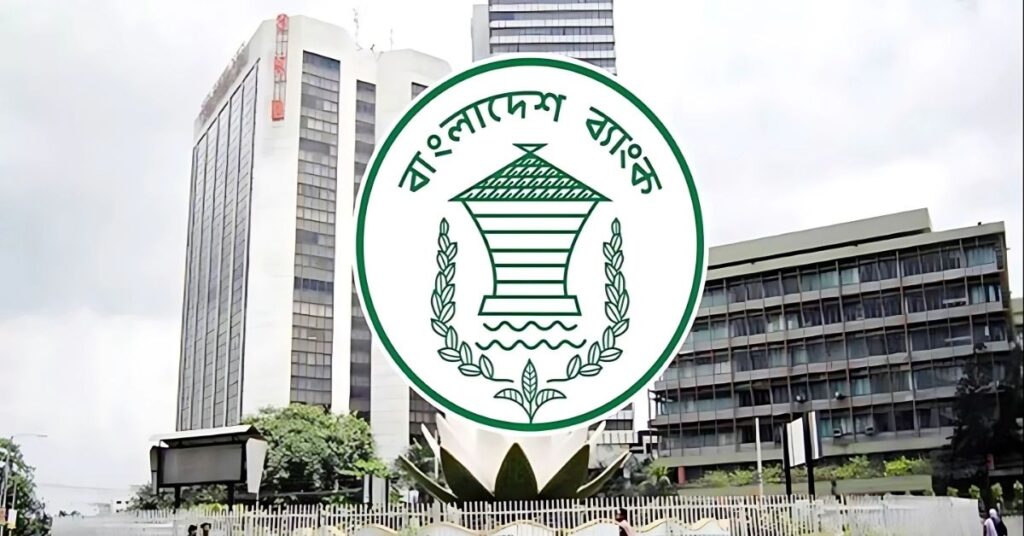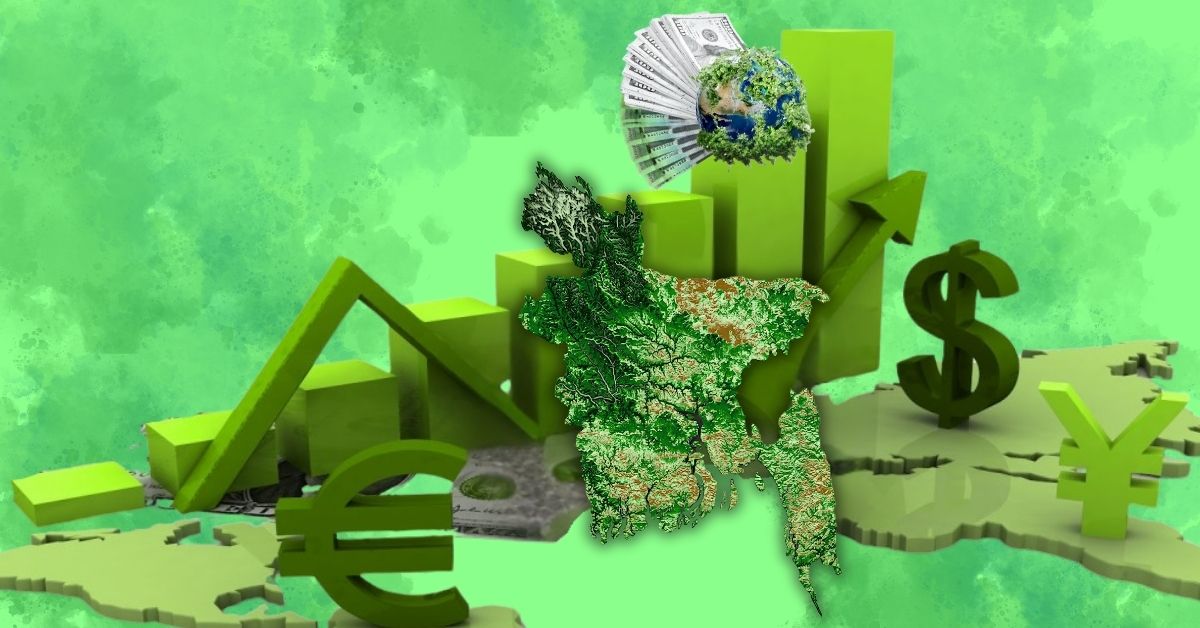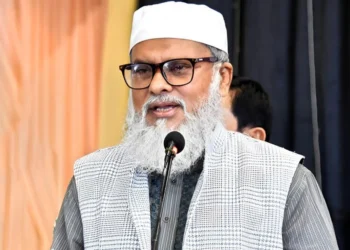1.Introduction
As the change of climate change gains momentum, all financial systems are undergoing a significant transformation. This strategies are gradually giving to environmentally responsible financing. The way this shift has paved the emergence of green finance and climate-smart investments.
Like other countries Bangladesh which need such an approach is particularly urgent. From the being one of the world’s most climate-vulnerable nations, it faces rising sea levels, frequent cyclones, river erosion a d other natural disasters.
2.Nation at the crossroads of development and climate
Bangladesh, known for its rich heritage, grit, and impressive economic success in the past decades, is at a crossroads today. The impact of climate change is not warnings of an impending threat—it is palpable. Rising sea level, flooding, cyclones, salt water intrusions, and erratic weather conditions imperil lives, livelihood, and the very gains in development hard-won by Bangladesh. But in the crisis lies a possibility.
A green finance-and-climate-resilient investment dawn is breaking. They are not green policy instruments per se; they are becoming potent economic impulses that can lead Bangladesh to a greener, more inclusive, and richer future.
3.What is Green Finance and Why is it Important?
Green finance refers to the deployment of finance in initiatives which are based on the premise of environmental sustainability and carbon emission reduction. They include investments in green energy, sustainable agriculture, green buildings, efficient transportation, waste management, etc. Climate-smart investments are the same as green finance with the additional focus on adaptation to global warming as well as economic development. Both together represent a new way of looking at the world, money, and development.
4.The Vulnerable Nation with a Vision
Green finance is gaining traction in Bangladesh at a critical juncture. Bangladesh is the globe’s most climate-vulnerable country. nearly one-third of its population live in sea-level rise-vulnerable coastal regions. The agriculture sector employs 40% of the workforce in an industry hugely exposed to changing rainfall and temperature regimes. Old paradigms of development with no regard for the environment are no longer tenable. The government and the private sector are both equally conscious and now balancing climate-resilient options. And that is where green finance comes in—not as a policy fad but as an economic necessity.
5.Bangladesh Bank: The Path Forward

The past decade also saw Bangladesh Bank, the central banking institution of Bangladesh, leading the way towards sustainable finance. As early as 2011, it issued a green banking policy guideline mandating banks and financial organizations to allocate a portion of their loan portfolio towards green projects. It was no coincidence—it set the stage for a gradual banking culture change. Banks began lending at subsidized interest for solar home systems, biogas plants, factory effluent treatment plants, and energy-efficient brick kilns. It followed up with the establishment of a “Green Transformation Fund” of $200 million to help export-oriented industries install environmentally-friendly technology.
Read More: 2024–2025 Fintech Outlook: Exploring Landscape & Opportunities in Bangladesh
6.Inclusive Finance for All—not only the big players
The uniqueness of this Bangladesh way is that green finance is no longer the sole prerogative of foreign investors and large corporates. Micro, small, and medium enterprises (MSMEs) are included in the green transition. From rural micro-enterprises that install solar panels to small farmers who grow crops that are resilient to climatic stresses, the benefits of green finance are percolating down to the grassroots. Institutions such as IDCOL (Infrastructure Development Company Limited) have made a huge impact by channeling finance to clean energy initiatives, including solar mini-grids for villages that do not have access to the grid and efficient stoves for rural households.
7.The Renewable Energy Boom

One of the most encouraging developments is the increase in climate-savvy investment in renewable power. Bangladesh plans to generate 40% of its electricity from renewable sources by 2041. It may sound ambitious for a country still dominated by the use of fossil fuels, but the success is well underway. Solar power, in particular, has made a leap over the past decade. The country now boasts over six million solar home systems, one of the world’s largest such schemes. Wind power and biomass power are also picking up slowly. Not only are such investments reducing carbon footprints—they are creating jobs, reducing the cost of electricity, and increasing the energy security of rural communities.
8.The private sector stirs to green possibilities
The private sector is also catching up. Industrial conglomerates are also installing rooftop solar panels, rainwater harvesting, and efficient machinery. Garment factories, the mainstay of the Bangladesh export industry, now lead the list for green building certifications. There are factories that have become world-renowned as among the greenest in the world. All such climatic-resilient actions are not only green, but also competitively rational in the world market, when sustainability is not a luxury anymore, but a necessity.
9.Foreign Support Spurs Action
Foreign partners and international organizations also facilitate green investments. The Asian Development Bank, UNDP, World Bank, and foreign donors have committed tens of millions of dollars in green initiatives in renewable power, adaptation to climate change, and disaster resilience. Green bonds, floated as a way of mobilization of finance for green initiatives, are also finding space in Bangladesh’s market. Though at an early stage, these can mobilize very heavy funding from foreign investors who are interested in framing their portfolio with sustainability goals.
10.Green Entrepreneurship: Young People Take Action
On the one hand, the youth of Bangladesh, who are enterprising, innovative, and tech-savvy, are increasingly inclined towards green entrepreneurship. From green startuppers in the fashion world to technology solutions for plastic waste management, the world is witnessing a new crop of change-makers who are harnessing the power of business for the planet. Innovation labs, green startup contests, and crowdsourcing are catalyzing such ideas and connecting them with investors. The very fact that this ecosystem is growing is the proof that the transition towards climate-smart investment is not top-down, it is a people’s movement.
11.Challenges to Progress: What Remains to Be Improved?
However, the road to a green economy is not an easy one. The biggest challenge is access to finance for small businesses and rural innovators. Most are not aware of the possibilities or lack the documentation and collateral requirements that conventional banks call for. And there are no standardized indicators for measuring the green impact of investments so that people can be made accountable and there can be transparency. The policy framework, though much improved, also needs more coherence between ministries, regulatory bodies, and financial institutions.
12.The power of technology and education

These barriers can be bridged through education and awareness. Environmental and financial literacy need to be integrated into schools, colleges, and community programs. Banks and other financial institutions need to be trained to assess green projects not only based on profit margins, but also based on long-term sustainability outcomes. Policymakers need to engage with scientists, businessmen, and locals more frequently so that inclusive policy is created. Technology, particularly fintech and mobile banking, can fill access and monitoring gaps.
13.Bangladesh as a Regional Green Leader
Despite all the obstacles, the upswing is real and growing. Bangladesh is at an interesting crossroads of vulnerability and promise. Bangladesh is ready to lead the green revolution for South Asia with a legacy of disaster management, entrepreneurship at the grassroots level, and inclusive growth. The climate crisis is compelling the world to reconsider growth paradigms, and Bangladesh is already proving green finance can be a means of survival as well as a path for economic growth.
14.Imagining a Green Future
Green finance can reframe prosperity for Bangladesh in the near future. Picture a world in which the villages are powered by the sun’s energy via green grids, the cities are air conditioned via green buildings, the rivers are protected by green industry, and the young are employed in green jobs. It is not a vision for the distant future—a vision that is within our reach if only we make the investments now with a view to the future.
15.Green growth does make economic sense

The economic argument for green investment is just as strong. We know that every dollar we invest in climate resilience will return four dollars in economic gain. Clean energy reduces our reliance on costly foreign fuels. Green agriculture enhances the productivity and safeguards the integrity of the land. Green cities draw in visitors, lower health expenditures, and enhance the quality of life. Not only are they good for the earth—these are smart business decisions.
16.Global Commitments, Local Action
Bangladesh is well established as a player of global renown in the arena of climate diplomacy as a chair of the Climate Vulnerable Forum and as a voice of global climate justice at the UN. It can now translate words into action domestically. Through green finance and a climate-resilient economy, the country can not only cope with a changing world, but also shape the world. The new economic frontier of sustainability, innovation, and equity can be the way to a bright future for all Bangladeshis.
A Call for Joint Action It will only be possible to realize this vision by our collaborative efforts. The government must deliver an enabling and stable policy framework. The private sector must invest with vision and responsibly. The financial institutions must move beyond the conventional lending norms and make sustainability a core principle. Civil society, academics, and the media must continue to raise awareness and hold the stakeholders’ feet to the fire. And most importantly, the people of Bangladesh—competent, resourceful, and energetic—must be empowered to make this green revolution happen from the grassroots level.
17.Conclusion
The Time is Now Simply put, green finance and climate-resilient investment are not jargon or fads, but a lifeline for a frontline state during the period of climate change. Bangladesh is already leading the way in this direction. With policy, with the power of innovation, and popular consensus, it can and should do more. Not an environmental cause, but a national cause for development that holds out the promise of inclusive growth, economic balance, and improved quality of living for all. The moment is now. The future is green—and Bangladesh is ready to lead the way.
Reference
World Scientific Publishing
Research Gate
Bangladesh Bank
The Financial Express
EEAS
The Daily Star
The World Economic Forum
Share via:


















